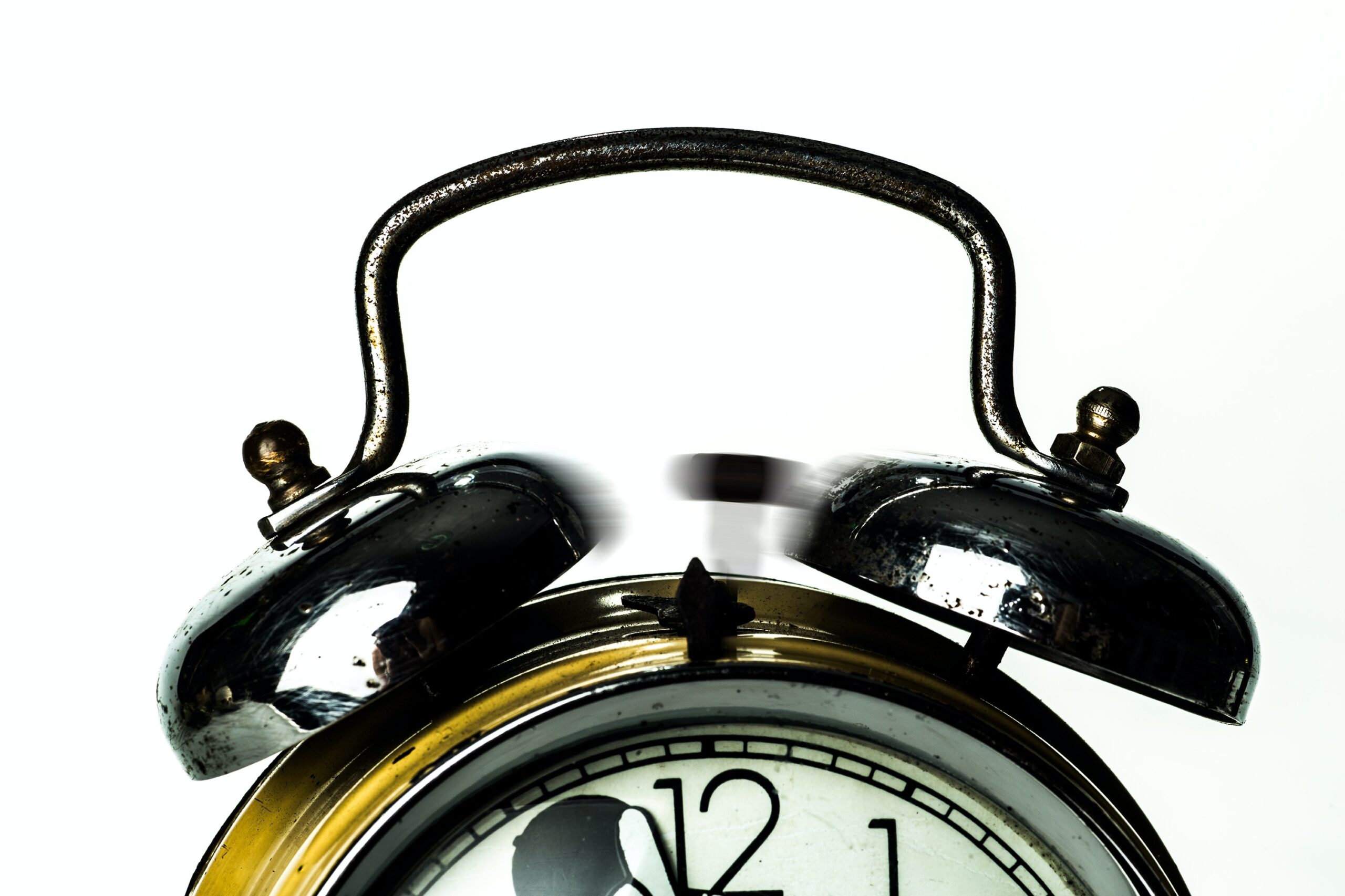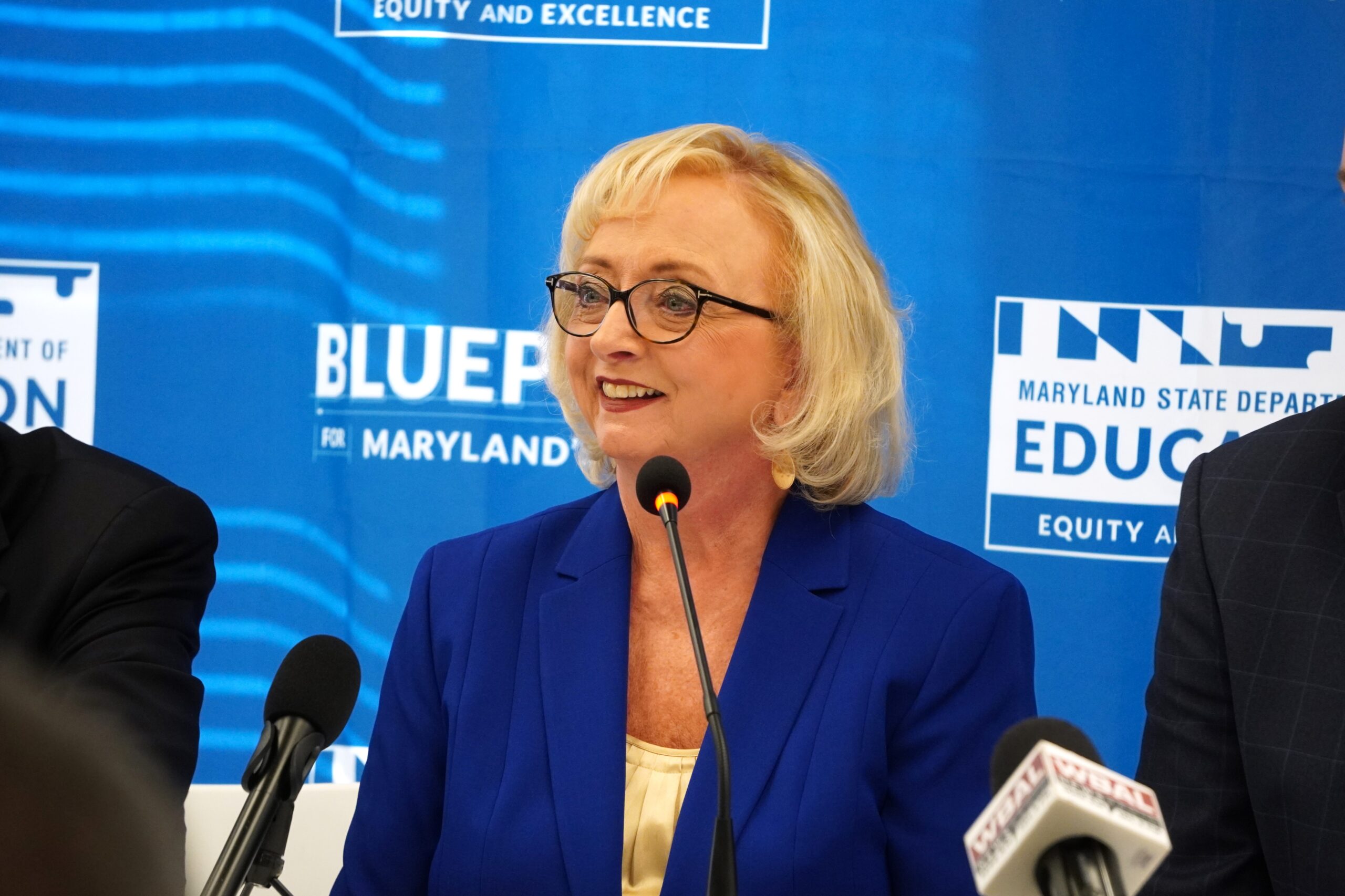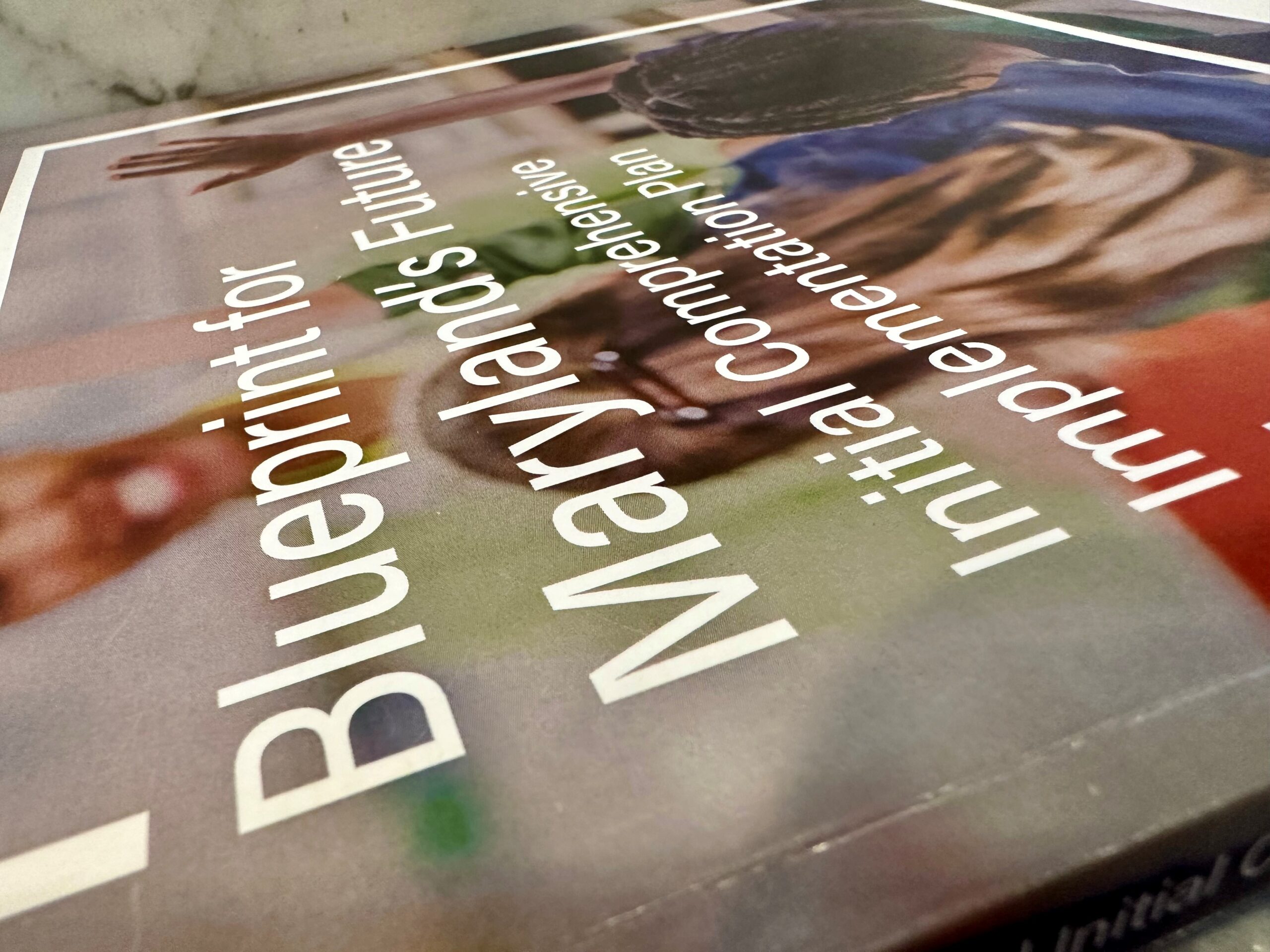
By Lisa VanBuskirk
The writer is the Maryland and Anne Arundel County chapter leader of Start School Later, a national nonprofit advocacy group.
On Tuesday, the Maryland House Health and Government Affairs Committee will hold a hearing on HB0126 sponsored by Del. Brian Crosby (D-St. Mary’s), which would seek to move Maryland to permanent daylight saving time (DST). The caveat to this legislation is that surrounding states must also pass similar legislation and the federal government must also change its laws to allow permanent DST. In Congress, Maryland Rep. Jamie Raskin (D) is a co-sponsor of HR-69, the Sunshine Protection Act, which would move the nation to permanent daylight saving time.
If this sounds familiar to those alive in the 1970’s, that is because the entire nation moved to permanent daylight saving time on January 6, 1974. By the end of January 1974, there were already calls to repeal the legislation due to many child and adult fatalities and near-miss accidents blamed on early morning winter darkness. By October 1974, Congress reverted the nation to a combination of standard and daylight saving time because permanent daylight saving time was a failed policy.
Under permanent daylight saving time, yes, we would have an “extra” hour of daylight in the evening November through March, but it would come at the cost of very late sunrises. The latest sunrises of the year in Maryland occur in December and January, which would be at about 8:25-8:39 a.m. depending on where you are in the state, under permanent DST. Civil dawn, the 30 minutes or so before sunrise, when it is light enough to see without artificial illumination, would therefore begin at about 8 a.m.
Our circadian rhythm is regulated by sunrise, not sunset. A permanent delay of sunrise time would put all of us on a perpetual “social jet lag”, which would be most noticeable in the winter. This would affect our physical and emotional health and well-being, but would be particularly exacerbated for adolescents, who already experience a well-documented delay in sleep and wake times. Permanent DST, combined with the current too-early school start times, would have an even greater negative impact on adolescent circadian rhythm, safety, health, and academics
In 1974, both Anne Arundel County Public Schools and Baltimore County Public Schools delayed all school start times by 30 minutes, because of parental complaints about students in the morning darkness and some “near misses” for student pedestrians. Forty-eight years later, Maryland’s schools start even earlier. The average middle school start time is now 8:11 and the average high school start time is 7:54 a.m. Both levels have schools that start as early as 7:00 a.m. Most of Maryland’s elementary schools start later in the morning, but there are elementary schools that start as early as 7:30 a.m. Under permanent daylight saving time, nearly all middle and high schools, plus a fair number of elementary schools would start before sunrise and civil dawn.
Many Maryland students ride buses for nearly an hour, coupled with having to be at the bus stop 10 minutes early and arriving at their school 15-30 minutes before the bell. We must take into account the impact of permanent DST on their safety during their dark commute before their pre-sunrise school start time. This is why the “National PTA is opposed to daylight saving time during the winter months because of the safety factor.”
When Massachusetts studied permanent DST in 2017, their report made two caveats to the implementation of what they called Atlantic Time; community education and later school start times. As the Massachusetts report acknowledges “One way to avoid the downsides of year-round DST for school-aged children would be to delay school start-times until after there is sufficient daylight for safe travel.”
This will be my third year testifying in opposition to permanent DST, unless it is amended to address school start times or amended to permanent standard time. Last year’s house bill (HB1013) passed the House, but was held up in the Senate Education, Health, and Environmental Affairs Committee (as was the Senate version of the bill, SB0840, sponsored by Sen. Justin Ready). The Senate committee wanted more input from the community regarding the impact from late sunrises.
Anne Arundel County Public Schools submitted written testimony in opposition to permanent DST, because of the negative impact on school bell times and student safety. Might other school systems and other community groups join them this year? I encourage all readers to contact their state delegates and senators regarding the impact of sunrise as late as 8:39 a.m. and HB0126, as well as their congressional representatives and senators regarding HR-69.




 Creative Commons Attribution
Creative Commons Attribution